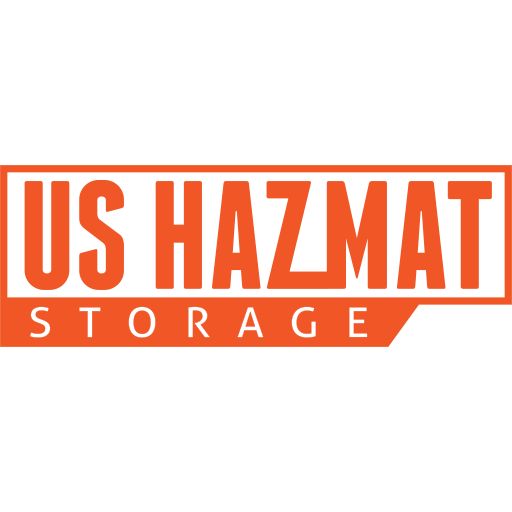In any industrial setting, hazardous materials can be found at almost every stage of the manufacturing and construction process. Whether it be dangerous and volatile gases, or flammable chemicals, the job site can be a dangerous labyrinth with unknown perils lurking at every corner. When unstable hazardous chemicals come into contact with one another, the chances for disaster increase exponentially. Each chemical classification presents unique applications and dangers. Understanding the importance of each classification is paramount. Compliant chemical oxidizer and reactives storage is no exception.
Normally stable chemicals can become catalysts for violent reactions when combined improperly. Oxidizing materials are a prime example of what can happen when the chemical stability of a combustible substance is compromised. Chemical oxidizers give off oxygen or other oxidizing substances like chlorine or fluorine. What makes these substances so dangerous is their ability to combine oxygen with other material, thus increase the likelihood of a fire or explosion, according to the Canadian Centre for Occupational Health and Safety.
What are oxidizing materials?
Oxidizing materials can increase the intensity of fires make substances that normally not burn readily become almost instant tinderboxes for mayhem and destruction. The true danger of oxidizing materials is their ability to create spontaneous combustible reactions that can begin without an obvious ignition source.
Oxidizing materials can have an ambiguous provenance to the untrained chemist and there are several misnomers surrounding these volatile catalysts. It’s important to note that not all oxidizers can cause spontaneous ignition and the severity of the ensuing burn rate varies dependent on the classification. Oxidizing materials can come in the form of liquids, solids or gasses.
Regardless of your background in science, you don’t have to be a Nobel Prize wining chemist to understand and appreciate the danger of these substances and the need for adequate protection. Our fire rated flammable chemical storage buildings can handle the complexities of storing such volatile materials. It’s always prudent to remember that nature is amoral, so good intentions seldom matter when it comes to being cognizant of storing chemicals accordingly so dangerous reactions can’t occur.
Here is a list of common oxidizers:
- Aluminum nitrate
- Barium peroxide
- Potassium nitrate
- Silver nitrate
- Calcium chlorate
- Sodium peroxide
- Hydrogen peroxide (52 to 91 percent weight)
- Ammonium permanganate
Source: Canadian Centre for Occupational Health and Safety
Proper storage of oxidizing materials

When possible, the Canadian Centre for Occupational Health and Safety recommends substitution when dealing with oxidizing materials in order to reduce hazards or mitigate risks. Finding a suitable replacement that is as equally powerful can be problematic. If substitution is not feasible, it’s imperative that you consider all your viable storage options.
Oxidizing materials can react negatively with each other and should be stored separately in well ventilated areas. Our chemical fire-rated storage buildings are well equipped to handle the diverse needs of storing oxidizing materials. Moreover, independent storage of oxidizing materials will keep them out of reach from trigger sources and free of an environment that is conducive to dangerous combustions.
With oxidizing gasses, liquids and solids, climate control is everything. The wrong temperature or sudden inversions can provide the perfect ignition source for these volatile compounds. Our steel-welded structures are durable enough to handle the most sensitive of chemicals with affordability in mind.
What are chemical reactives?

Similar to oxidizers, chemical reactive substances can often expedite chemical processes, which lead to the release of large amounts of kinetic energy. These reaction rates often increase rapidly with a rise in temperature, according to the University of Toronto Environmental Health and Safety Department.
What type of reactions occur with the introduction of heat and other catalysts depend entirely on the composition of the reactive substance. Some substances decompose when exposed to heat and others experience detonation if they become contaminated with a foreign substance. Other chemicals, such as acetylene, are unstable by nature and prone to volatile reactions when exposed to less than ideal environmental settings.
Regardless of the dangerous chemical compounds you are handling, our multi-faceted fire rated flammable chemical storage buildings can provide you optimal protection during diverse circumstances and scenarios. Be sure to discuss your needs with a risk management advisor to ensure you are receiving industry leading protection. We also offer differing layers of fire insulation protection to accommodate your needs. You can also rest assured know that our custom engineered lockers meet all OSHA and EPA safety compliance regulations. Contact us today for compliant chemical oxidizers and reactives storage.


